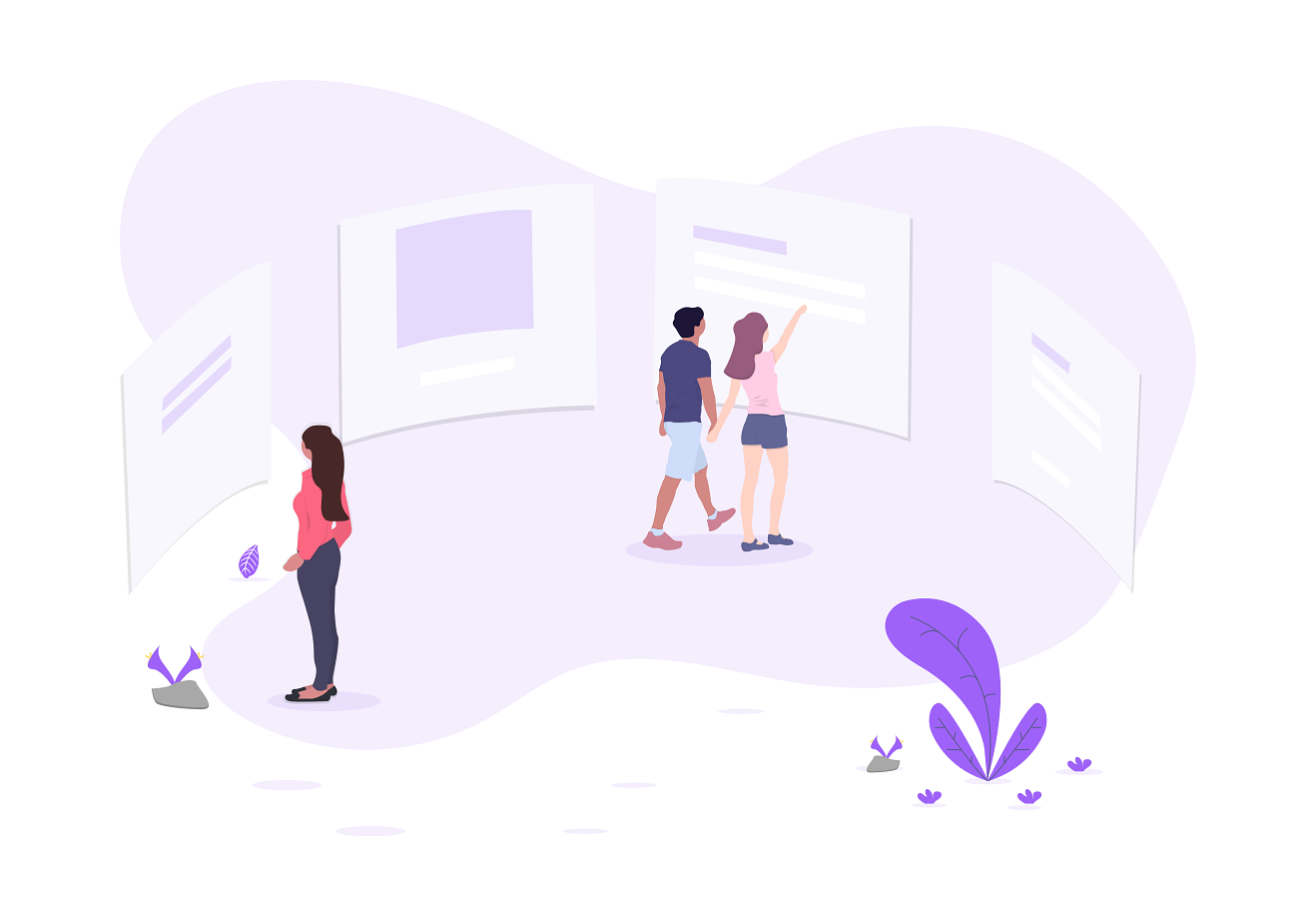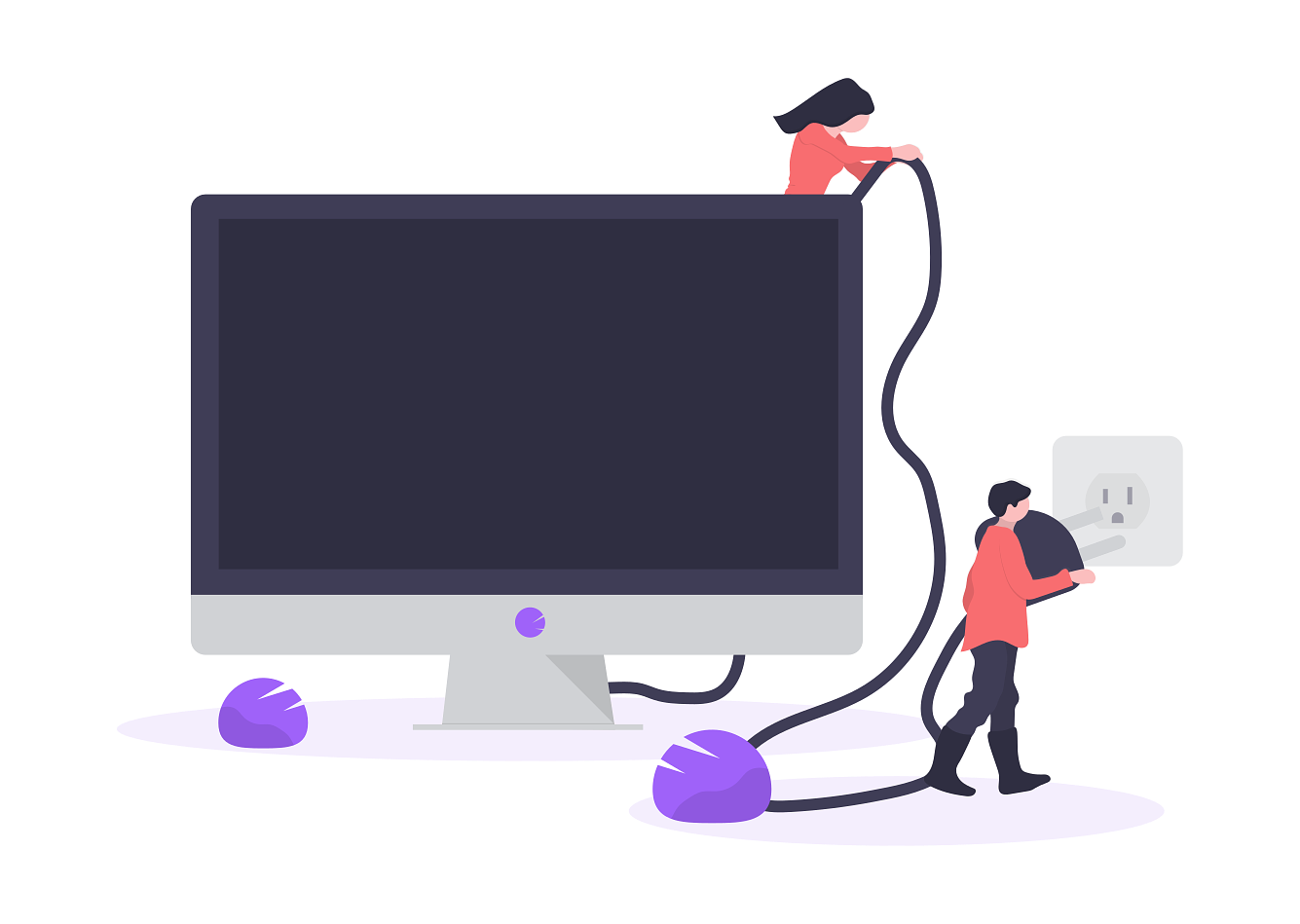What Makes Citrix Difficult for Synthetic Monitoring Solutions?
Synthetic monitoring and automated testing are a major advantage if you can use them. Unfortunately, some challenges stand in the way of running these technologies outside of a web browser. Trying to run synthetic monitoring on Citrix is even more challenging. Thankfully, 2 Steps has identified and solved these issues. In this post, we'll take your through the challenges that running a synthetic monitoring and automated testing solution on Citrix poses and tell you how 2 Steps makes those challenges go away.
THE POPULARITY OF CITRIX
Citrix has been a dominant force for nearly 30 years. By allowing remote access to desktops, they've opened up a whole new world of productivity for their users. Companies can now allow their employees to work from anywhere in the world. With the new cloud computing offering, those employees can work from any device in the world. This allows for a significant increase in productivity.
Because of its ease of use and the fact that it reduces the total number of computers that a company must maintain, Citrix is also a great option for cutting labour costs by allowing for a significantly reduced IT staff. It's no wonder that companies love it. As we mentioned in the opener, synthetic monitoring solutions, on the other hand, have historically not loved it so much.
WHAT MAKES CITRIX DIFFICULT FOR SYNTHETIC MONITORING SOLUTIONS?

Most synthetic monitoring solutions are built to run on web browsers. Web browsers provide all sorts of data that make it very easy for these solutions to take a peek under the hood as well as replicate everything that a user may be able to do. This is why captchas are popular, it's very easy for a bot to go in and sign up for services or register accounts that it will then use for spamming people. It's bad that those guys have that level of access, but it is great for developers. Such access means they can automate their testing in any way that they'd like to.
This data that web browsers provide is called the Document Object Model and it doesn't really exist in other software. That means that controlling them requires hooking into special APIs. Since there is no standard API for such a thing, you'd have to roll your own into your software in order to automate the testing. That's fine until some part of your pipeline is outside of your control.
To make matters worse, Citrix is accessing the application remotely. What you are essentially dealing with is a bunch of images that happen to be behaving like a native application because of the magic of Citrix. This magic makes it really easy to run an application from anywhere in the world, but difficult to go poking around under that software's hood.
Yet another problem for synthetic monitoring on Citrix is that it retains its state between sessions. The problem with that is that you want to be able to start from a consistent state for effective testing. If the state is different every time you run the test, then you are not properly isolating the variables that help you identify problems.
HOW 2 STEPS SOLVES THESE PROBLEMS

Our solution, 2 Steps, is an innovative new take on synthetic monitoring. To understand how it solves these problems, let's take a brief look at how it works. With 2 Steps, you will run your application inside of a virtual machine. From there, you will record yourself performing the actions that you want to test. 2 Steps will use advanced image recognition algorithms to remember the parts of the screen that you pressed and will playback those presses and keystrokes so that it can replicate exactly what you did, exactly the way you did it.
With 2 Steps, there's no need for a DOM or a fancy API to control your software with, because it controls the software in the exact same way that a human does, with mouse clicks and keystrokes. Limitations that exist in solutions like Selenium do not exist in 2 Steps. You are no longer constrained to a browser. With 2 Steps, you can test any application on any platform.
One of the other problems that we mentioned Citrix causing for other synthetic monitoring and automated testing solutions is that it is basically just a bunch of images coming across a network. Since interacting with images to determine where to send a simulated mouse or keypress is the way 2 Steps works, Citrix poses no challenge whatsoever. To 2 Steps, Citrix is just like any other platform that you might ask it to test an application on.
2 Steps is also smart enough to do a deep inspection on the Citrix windowing system and close them all down before it exits. With all of the windows closed down, it doesn't matter that Citrix remembers its previous state because its state on exit will be fresh and ready to start again. This is another example of the power of 2 Steps operating by interacting with the platform instead of hooking into the application being tested.
CONCLUSION
Synthetic monitoring can save you labour costs by reducing the amount of work that your testing staff has to do. It can increase your bottom line by getting products out the door faster, with fewer bugs, and by helping you to identify post-launch bugs quicker than ever before. The game-changing approach of 2 Steps brings the power of synthetic monitoring to platforms that it was never possible on before. Best of all, the process is so easy that anyone on your staff can do it. No more requiring your testing staff to learn how to code automated tests.
We invite you to visit our solution page for more information on how 2 Steps can empower your business to take your testing and monitoring solutions to the next level. To schedule a demo of 2 Steps, or to have any question you may have answered, please feel free to contact us today.

